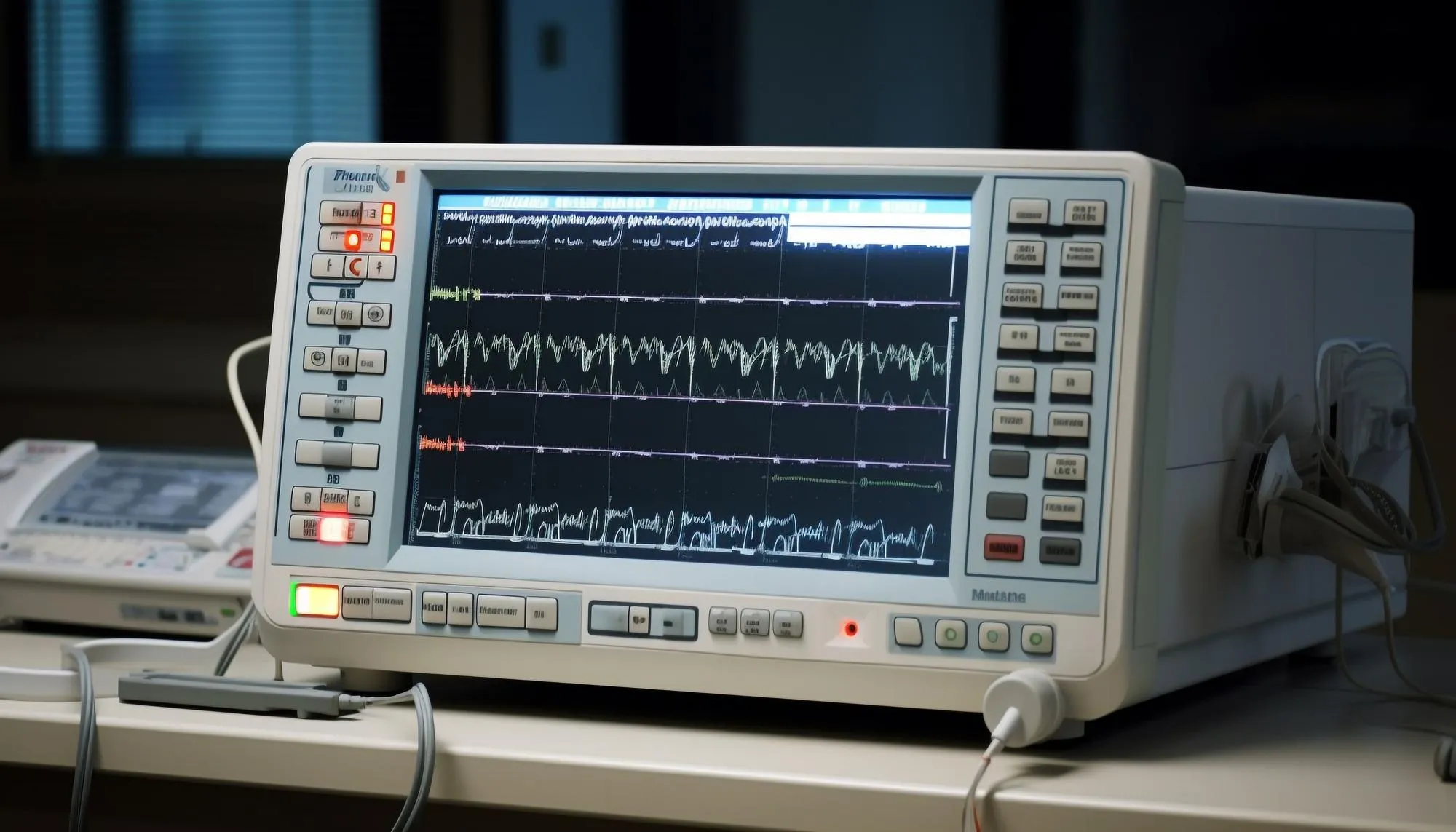In the intricate world of cardiovascular health care, technological advancements have provided remarkable interventions for patients with severe heart failure. Among these life-saving measures is the utilization of Ventricular Assist Devices (VADs), which has proven to be a pivotal treatment modality. However, the occurrence of atrial fibrillation (AF) in patients with VADs presents an additional challenge for healthcare providers, posing the question of its significance in the overall management and prognosis of these patients. In a pivotal commentary in the ‘Circulation Journal’, the official journal of the Japanese Circulation Society, Nagai Toshiyuki and Anzai Toshihisa of the Department of Cardiovascular Medicine at Hokkaido University reflect on this clinical conundrum, particularly in the context of Japanese VAD patients.
The article, titled “Atrial Fibrillation Does Not Matter in Japanese Ventricular Assist Device Patients? – Half-Way Up the Hill” by Nagai Toshiyuki and Anzai Toshihisa, published on May 24, 2019, in the Circulation Journal (Volume 83, Issue 6, Pages 1202-1203), comments on the current state of knowledge and the implications of AF in Japanese patients with VADs. It provides an insightful analysis springing from a peer-reviewed study within the same issue (DOI: 10.1253/circj.CJ-19-0335).
The Study’s Context
Ventricular assist devices have become an integral bridge to recovery, transplant, or as a destination therapy for patients with end-stage heart failure. Despite this advancement, the intersection between VADs and arrhythmias, such as atrial fibrillation, remains a murky uphill journey. Atrial fibrillation is the most common sustained cardiac arrhythmia and is associated with increased morbidity and mortality. Its prevalence amongst those with VADs heightens concern due to the potential for thromboembolic events, hemodynamic instability, and overall compromise in the device’s function.
Analyzing the Japanese Cohort
In the study that sparked the commentary, researchers delved into the specifics of the Japanese population, examining the impact of AF on patient outcomes post-VAD implementation. Given the uniqueness of the Japanese demographic, which includes genetic, lifestyle, and possibly healthcare system differences from Western populations, the findings contribute significantly to the global understanding of VAD management in the presence of AF.
The Editorial’s Viewpoint
Nagai and Anzai engage with these findings, suggesting that the clinical relevance of AF might differ in the Japanese setting when compared to Western counterparts. They highlight the halfway mark the medical community has reached in understanding the full implications of AF in this patient subset.
Keywords
1. Ventricular Assist Devices Japan
2. Atrial Fibrillation VAD Patients
3. Cardiac Arrhythmia Heart Failure
4. Japanese Cardiovascular Therapy
5. VAD Outcomes Japanese Study
The Significance of AF in VAD Patients
The original research article and the corresponding editorial bring to light several key themes. One significant revelation is that the presence of AF in VAD patients may not portend poorer outcomes to the extent previously considered. The authors highlight that, while Western studies have associated AF with adverse events in VAD patients, the Japanese experience might diverge from this pattern. This prompts a potential reevaluation of how clinicians approach AF in the context of VAD management.
The editorial comments affirm the necessity for a comprehensive understanding that encapsulates the genetic and systemic healthcare differences in Japanese patients when assessing the risks and management strategies associated with AF in VAD patients. It further raises the question of whether standard AF management protocols should be universally applied or whether adaptations are prudent for better attuned care in diverse populations.
Broader Implications
The reflections of Nagai and Anzai on this matter underscore a broader implication in the field of medicine— the importance of context-specific research to guide clinical practice. There is an acknowledgment of the strides made in VAD technology and AF therapy, but also an acceptance that the task is only ‘half-way up the hill’. More research is essential to create tailored therapeutic strategies that account for the particular needs of different populations.
References
1. Nagai T, Anzai T. Atrial Fibrillation Does Not Matter in Japanese Ventricular Assist Device Patients? Half-Way Up the Hill. Circ J. 2019;83(6):1202-1203. doi:10.1253/circj.CJ-19-0335.
2. Japanese Circulation Society. (2019). Circulation Journal Official Webpage. Retrieved from https://www.j-circ.or.jp.
3. Kirklin JK, Pagani FD, Kormos RL, Stevenson LW, Blume ED, Myers SL, et al. Eighth annual INTERMACS report: Special focus on framing the impact of adverse events. J Heart Lung Transplant. 2017;36(10):1080-1086. doi:10.1016/j.healun.2017.07.005.
4. Mehra MR, Goldstein DJ, Uriel N, et al. Two-Year Outcomes with a Magnetically Levitated Cardiac Pump in Heart Failure. N Engl J Med. 2018;378(15):1386-1395. doi:10.1056/NEJMoa1800866.
5. January CT, Wann LS, Alpert JS, et al. 2014 AHA/ACC/HRS guideline for the management of patients with atrial fibrillation: a report of the American College of Cardiology/American Heart Association Task Force on Practice Guidelines and the Heart Rhythm Society. J Am Coll Cardiol. 2014;64(21):e1-e76. doi:10.1016/j.jacc.2014.03.022.
By drawing attention to the study’s findings and the heterogeneity of Japanese VAD patient outcomes in the presence of AF, the authors have opened a dialogue of how far we have come and how far we still must go. The need for patient-specific strategies becomes evident, and with it, the realization that one-size-fits-all approaches in medicine may be an outdated concept, especially when dealing with complex cardiac conditions such as those requiring VAD support.
As technology evolves and more data is gathered across diverse populations, the full climb can be completed, eventually leading to more sophisticated, individualized care pathways that consider genetic, geographic, and cultural factors. The intricate dance between mechanical support and arrhythmic challenges, particular to VAD patients with atrial fibrillation, exemplifies the level of precision needed in modern medicine.
This deeper understanding has broad implications not only for medical practitioners but also for patients, who are increasingly looking toward a healthcare system capable of providing tailored solutions that offer not just more years to life, but more life to years. The insight offered by the Circulation Journal and the voices of Nagai and Anzai contribute significantly to this evolving narrative, one that emphasizes precision, personalization, and a thorough appreciation for the patient milieu in the quest to improve cardiovascular outcomes.
